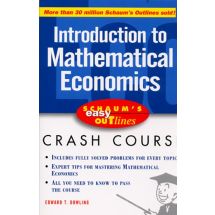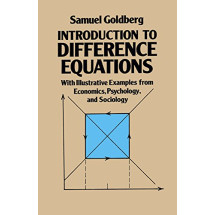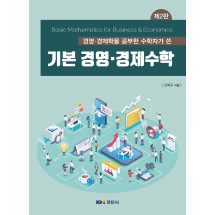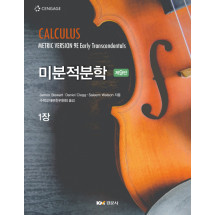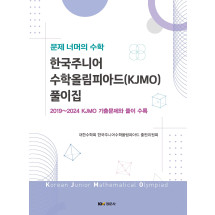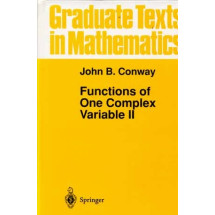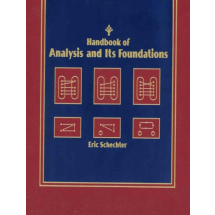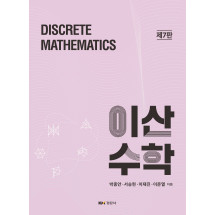Full of relevant and current real-world applications, Stefan Waner and Steven Costenoble's FINITE MATHEMATICS AND APPLIED CALCULUS, 5e, International Edition helps your students relate to mathematics! Throughout the text is clearly delineated, thorough Microsoft® Excel® and Graphing Calculator instruction, optional so instructors can include any amount of technology instruction in their courses. Acclaimed for accuracy and readability, FINITE MATHEMATICS AND APPLIED CALCULUS, 5e, International Edition connects with all types of teaching and learning styles. Resources like the accompanying website allow the text to support a range of course formats, from traditional lectures to strictly online courses.
0. PRECALCULUS REVIEW.
0.1 Real Numbers.
0.2 Exponents and Radicals.
0.3 Multiplying and Factoring Algebraic Equations.
0.4 Rational Expressions.
0.5 Solving Polynomial Equations.
0.6 Solving Miscellaneous Equations.
0.7 The Coordinate Plane
1. FUNCTIONS AND LINEAR MODELS.
1.1 Functions from the Numerical, Algebraic, and Graphical Viewpoints.
1.2 Functions and Models.
1.3 Linear Functions and Models.
1.4 Linear Regression.
2. SYSTEMS OF LINEAR EQUATIONS AND MATRICES.
2.1 Systems of Two Equations in Two Unknowns.
2.2 Using Matrices to Solve Systems of Equations.
2.3 Applications of Systems of Linear Equations.
3. MATRIX ALGEBRA AND APPLICATIONS.
3.1 Matrix Addition and Scalar Multiplication.
3.2 Matrix Multiplication.
3.3 Matrix Inversion.
3.4 Game Theory.
3.5 Input-Output Models.
4. LINEAR PROGRAMMING.
4.1 Graphing Linear Inequalities.
4.2 Solving Linear Programming Problems Graphically.
4.3 The Simplex Method: Solving Standard Maximization Problems.
4.4 The Simplex Method: Solving General Linear Programming Problems.
4.5 The Simplex Method and Duality.
5. THE MATHEMATICS OF FINANCE.
5.1 Simple Interest.
5.2 Compound Interest.
5.3 Annuities, Loans, and Bonds.
6. SETS AND COUNTING.
6.1 Sets and Set Operations.
6.2 Cardinality.
6.3 The Addition and Multiplication Principles.
6.4 Permutations and Combinations.
7. PROBABILITY.
7.1 Sample Spaces and Events.
7.2 Relative Frequency.
7.3 Probability and Probability Models.
7.4 Probability and Counting Techniques.
7.5 Conditional Probability and Independence.
7.6 Bayes' Theorem and Applications.
7.7 Markov Systems.
8. RANDOM VARIABLES AND STATISTICS.
8.1 Random Variables and Distributions.
8.2 Bernoulli Trials and Binomial Random Variables.
8.3 Measures of Central Tendency.
8.4 Measures of Dispersion.
8.5 Normal Distributions.
9. NONLINEAR FUNCTIONS AND MODELS.
9.1 Quadratic Functions and Models.
9.2 Exponential Functions and Models.
9.3 Logarithmic Functions and Models.
9.4 Logistic Functions and Models.
10. INTRODUCTION TO THE DERIVATIVE.
10.1 Limits: Numerical and Graphical Approaches.
10.2 Limits and Continuity.
10.3 Limits: Algebraic Approach.
10.4 Average Rate of Change.
10.5 Derivatives: Numerical and Graphical Viewpoints.
10.6 Derivatives: Algebraic Viewpoint.
11. TECHNIQUES OF DIFFERENTIATION WITH APPLICATIONS.
11.1 Derivatives of Powers, Sums, and Constant Multiples.
11.2 A First Application: Marginal Analysis.
11.3 The Product and Quotient Rules.
11.4 The Chain Rule.
11.5 Derivatives of Logarithmic and Exponential Functions.
11.6 Implicit Differentiation.
12. FURTHER APPLICATIONS OF THE DERIVATIVE.
12.1 Maxima and Minima.
12.2 Applications of Maxima and Minima.
12.3 Higher Order Derivatives: Acceleration and Concavity.
12.4 Analyzing Graphs.
12.5 Related Rates.
12.6 Elasticity.
13. THE INTEGRAL.
13.1 The Indefinite Integral.
13.2 Substitution.
13.3 The Definite Integral: Numerical and Graphical Approaches.
13.4 The Definite Integral: Algebraic Approach and the Fundamental Theorem of Calculus.
14. FURTHER INTEGRATION TECHNIQUES AND APPLICATIONS OF THE INTEGRAL.
14.1 Integration by Parts.
14.2 Area Between Two Curves and Applications.
14.3 Averages and Moving Averages.
14.4 Applications to Business and Economics: Consumers' and Producers' Surplus and Continuous Income Streams.
14.5 Improper Integrals and Applications.
14.6 Differential Equations and Applications
15. FUNCTIONS OF SEVERAL VARIABLES.
15.1 Functions of Several Variables from the Numerical, Algebraic, and Graphical Viewpoints.
15.2 Partial Derivatives.
15.3 Maxima and Minima.
15.4 Constrained Maxima and Minima and Applications.
15.5 Double Integrals and Applications.
16. TRIGONOMETRIC MODELS.
16.1 Trigonometric Functions, Models, and Regression.
16.2 Derivatives of Trigonometric Functions and Applications.
16.3 Integrals of Trigonometric Functions and Applications.
Appendix A: Logic.
Appendix B Table: Area Under a Normal Curve.
Answers to Selected Exercises.
Index.



